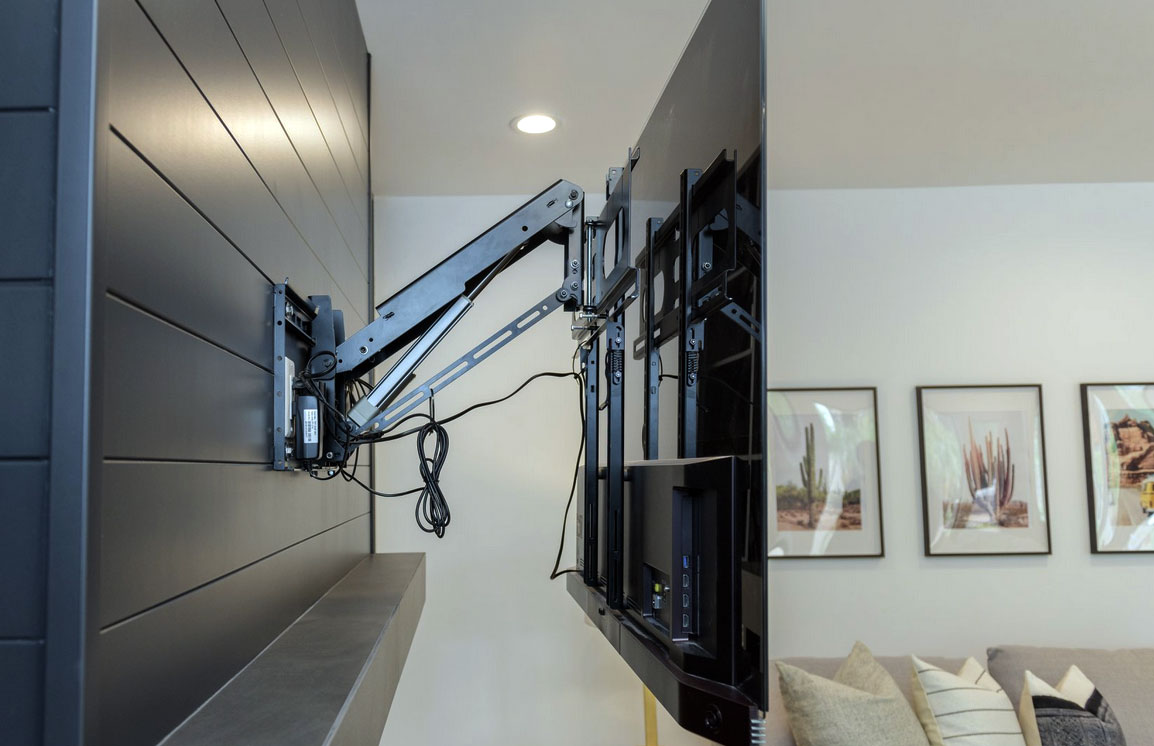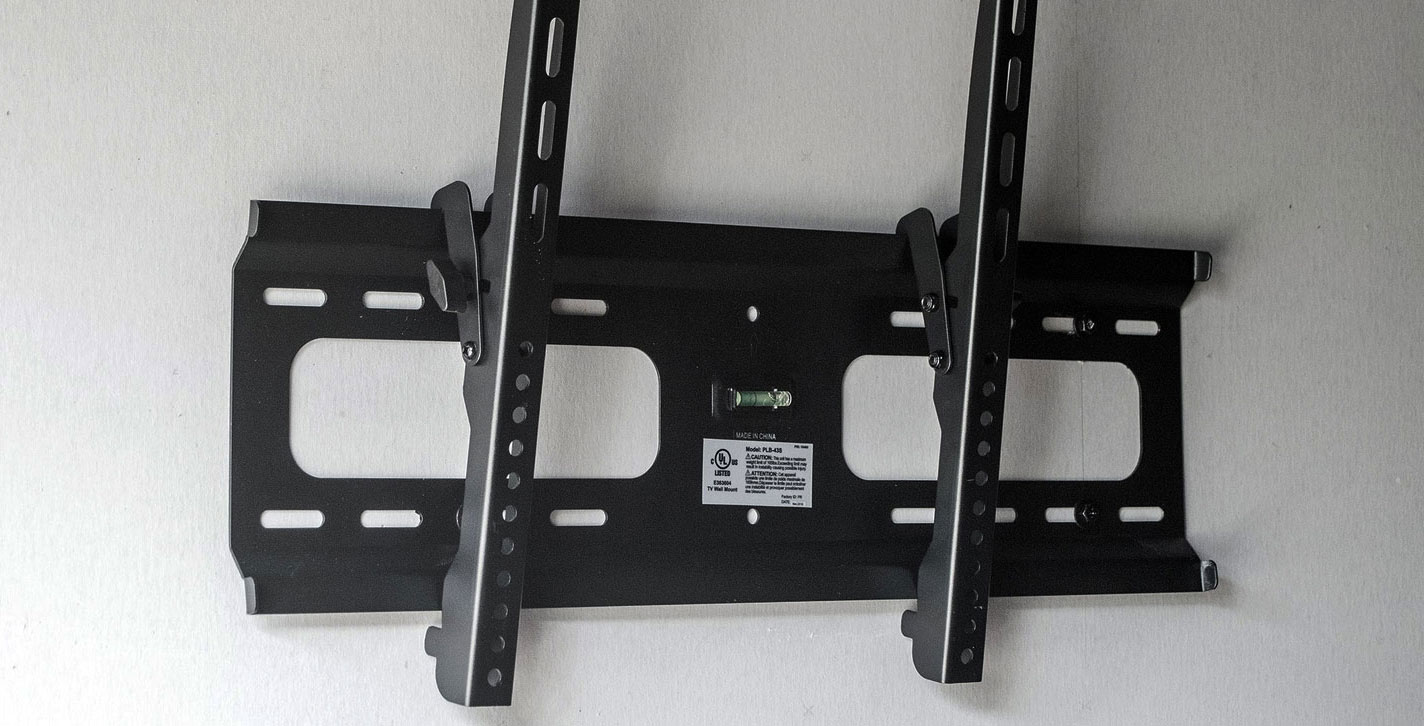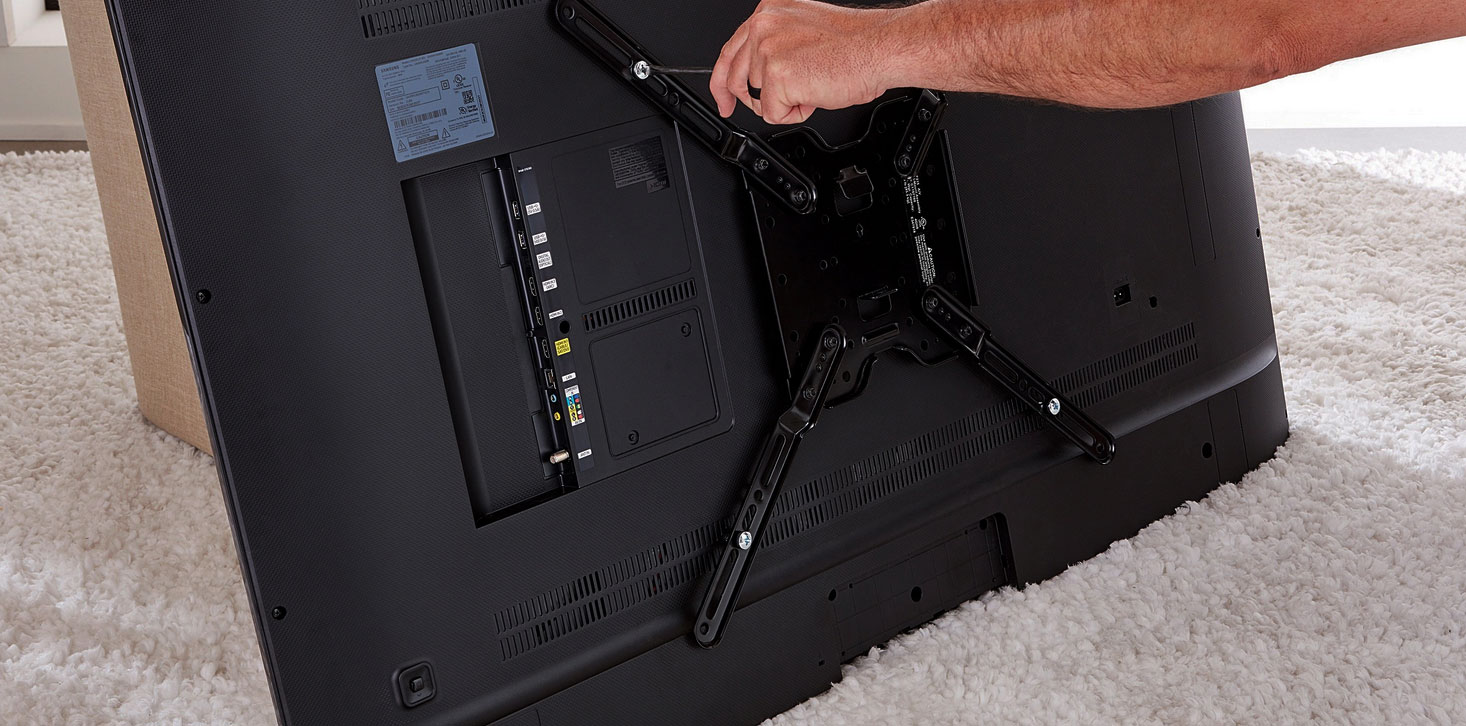
TV mounts have come a long way in recent years. Gone are the days of bulky, unattractive mounts that take up too much space and clash with your décor. Today’s mounts are sleek, stylish, and highly functional. Whether you’re looking for a mount to place your TV on the wall or on an entertainment center, there is a perfect tv wall mounts guide for you. In this blog post, we will discuss the many benefits of using a TV mount stand and provide some tips for choosing the right one.
Wall mount tv stands come in different designs with varying degrees of adjustability so they can be tailored to your viewing preferences. Some models of TV mount stands are designed for small flat-panel TVs, while others can support larger displays. You also need to decide how you want the TV mount to handle the weight of your television. Some models of wall mounts can support up to 165 lbs!
Before choosing a TV bracket that will hang your precious investment, consider these tips for choosing the right one.
What will you be using your TV mount stand for?
There are different types of TV mounts to meet different needs. Some mounts are for small TVs, while others can support large flat screens. If you need a mount for a smaller flat-panel TV, look for a basic model that you can secure to your entertainment center or wall.
Adjustable mounts are perfect for mounting TVs above a fireplace, in an alcove, or to the wall. If you intend to mount your TV above a fireplace or on a slanted wall and need it to be fully adjustable then an articulating/tilt TV mount is your best option.
Is the TV going to be mounted against a smooth surface such as drywall? Or is the surface more irregular, such as wood paneling, brick, or stone? Countersunk bolts are designed to be placed into countersunk holes. Different types of mounts come with different types of fasteners that are compatible with surfaces that are not perfectly flat.

What are the 3 types of wall mounting?
There are three common types of wall-mounting: low-profile, tilting, and full motion. Low-profile mounts reduce the depth of a TV mount to about an inch or two; this is perfect for flat-screen TVs 50 inches or less. Tilting mounts allow you to angle the television as desired without requiring any extra brackets. Full motion mounts allow the TV to rotate from side-to-side and swivel.
Can you put any TV on a stand?
While TV mounts can be used to hang just about any TV, bear in mind that the weight and size of your television will play a role in determining which type of mount works best. Smaller TVs up to 45 inches typically require a tilt or low-profile mount, while larger TVs require full motion functionality for proper installation.
How do I know if a wall mount is compatible with my TV?
Another important factor to consider when purchasing a TV mount is compatibility. Be sure to check the weight and size of your television as well as its VESA pattern before making a purchase. Most TVs from major manufacturers have standard VESA patterns, allowing you to use one type of mount for multiple televisions.
What is VESA?
The Video Electronics Standards Association (VESA) establishes standards for the mounting of flat-panel TVs and other electronics to stands and wall mounts. The organization currently defines four types of mounting holes: 100 x 100, 200 x 100, 200 x 200, and 400 x 400.
Ways to determine the TV’s VESA size
The simplest way to determine your TV’s VESA is by checking with the manufacturer. The three most common types of mounts are 100 x 100, 200 x 100, and 200 x 200. Consult the manual that came with your television for exact specifications. If you don’t have access to it or can’t find it then there are several online resources that provide this information.
If you’re unable to find the VESA pattern then your best bet is to take measurements of your TV’s width and height, in millimeters. These dimensions will indicate the diagonal size of the screen. For example, a TV that measures 32 inches diagonally has a screen size of approximately 800 mm by 400 mm. These measurements can then be used to find a compatible TV mount.

How to Mount A TV On the Wall Without Studs?
The best way to mount a TV on the wall without studs is with toggle bolts or molly bolts. Although they may be somewhat difficult to find in stores, these are highly recommended for hanging items on drywall. Toggle bolts tend to be better than molly bolts though because they do not need to be tightened as much and are more secure.
Hanging a TV on the wall without studs is not as simple as just finding the right hardware. Hanging anything heavy requires research and planning ahead of time. If not hung correctly, it could pose risks to one’s safety or even cause damage to the home itself.
Are all TV mount screws the same size?
TV mount screw size of a regular TV is M6 (metric). However, the ones that come with many flat-panel TVs are usually either too long or too short to work properly. You should measure a current screw before removing it from the back of the set to use for reference. If you cannot find a matching screw, select one that is as close to the same size as possible and file down any excess thread so it is flush with the mount.
What should I do if a mounting screw is too long?
If the screw that comes with your TV set or a monitor is too long, remove it carefully and replace it with one that is correct for your particular television. If you are unable to find a correct-length screw, you may use one that is slightly shorter. If the screw is too short, it won’t have enough thread engagement with the TV or monitor and might be able to work its way out over time.
